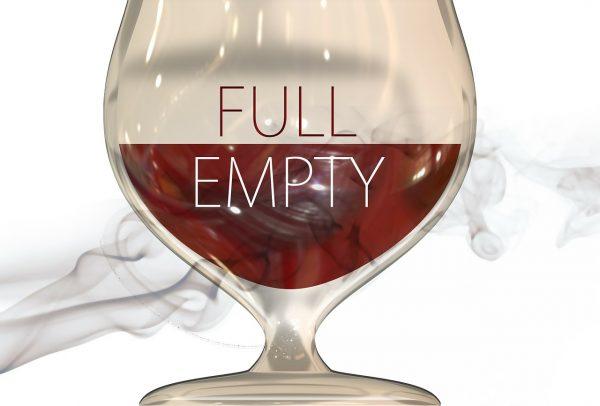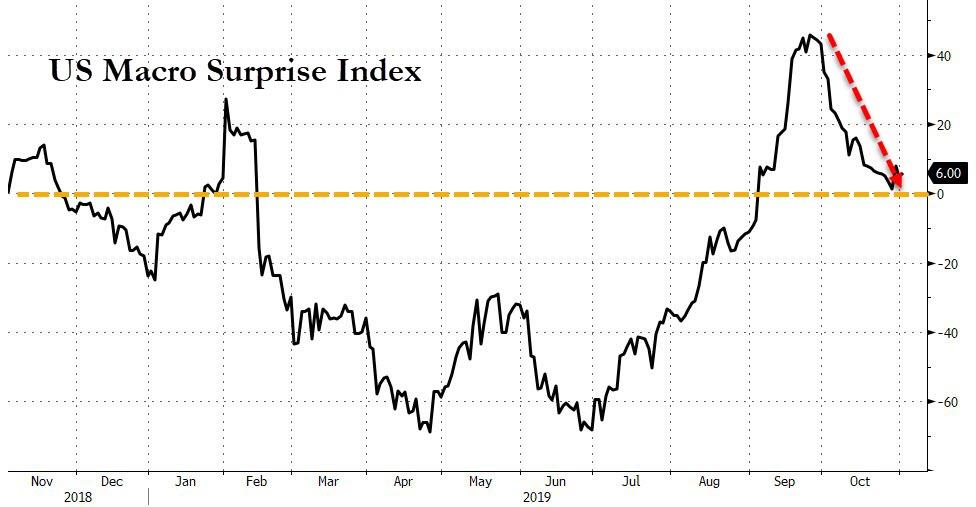The Apollo. HBO. Wednesday, November 6, 9 p.m.
Stand-up comedian Moms Mabley has just come on stage, meandering through the setup to an innocuous joke, when a film clip suddenly flashes behind her: a bedraggled black man racing just ahead of three billyclub-swinging white cops. The crowd roars with laughter as Mabley helplessly throws up her hands and innocently asks: “Did I say something funny?”
So it went at Harlem’s Apollo Theater, for four decades the 20th century’s greatest showplace for and birthing ground of black entertainment.
From its birth in the mid-1930s to its abrupt decline in 1970s in the face of Harlem’s drug-crime problems and the changing economic model of the entertainment business, the Apollo was king.
From Lena Horn to Lauryn Hill, from Bojangles Robinson to Jimi Hendrix, everybody who was anybody in black show business played the Apollo. And now Oscar-winning filmmaker Roger Ross Williams (Music by Prudence) has captured the excitement in an HBO documentary, The Apollo.
Actually, the Apollo has a storied past in white entertainment, too, hosting everybody from Buddy Holly to Guns N’ Roses. (Even Bernie Sanders got into the act a couple of years ago.) And there was always a substantial number of white faces out in the audience as well.
But in a world where black entertainers were mostly restricted to the rough-and-tumble little venues of the so-called Chitlin’ Circuit (booked mainly by TOBA, the Theater Owners Booking Associations, a.k.a. “Tough On Black Actors”) and black audiences were largely excluded from even Harlem venues like the Cotton Club, it was the African-American side of the Apollo that was a cultural landmark.
James Brown’s 1962 album Live at the Apollo got hardly a minute of white radio airplay but spent 66 weeks on the Billboard charts and turned him into a national sensation. (Later Brown would introduce his anthemic “Say It Loud, I’m Black And I’m Proud” on the Apollo stage. ) Ella Fitzgerald gave her first performance there, Michael Jackson his last. When black audiences turned against Earth Kitt after her marriage to a white real-estate developer, she won them back with a smokingly sensuous dance routine at the Apollo.
Filmmaker Williams had access to a wide variety of Apollo film archives, and used it well in making his documentary, weaving seemingly disconnected incidents into narrative chapters.
One of the most interesting stems from the Apollo’s willingness to book small-time and unpolished acts into a top venue. (The Apollo even had a weekly amateur night where infamously brutal audiences would vote with catcalls, jeers and, occasionally, applause about whether performers would get a regular spot.) Many Apollo first-timers were getting a harsh introduction to show business.
Smoky Robinson recalls the furious reaction of the Apollo house band when he showed up without written arrangements of his songs that regular Motown musicians played from memory. Another artist on the bill that night, Ray Charles, had to create arrangements on the spot while listening to Robinson play his tunes on the piano.
And Gladys Knight and the Pips recount an even ruder introduction. They arrived for their appearance, did a few songs, and then headed to the dressing room to pack their bags. “Where are you going?” asked an Apollo stagehand. “You’ve got three more shows to do.”
Yet many a harsh first night blossomed into a glorious career. Ella Fitzgerald walked into one of the first Apollo amateur nights in 1934 thinking she was a pretty fair dancer. But the act before hers was a sizzling pair of tap-dancers, the Edwards Sisters, or as Fitzgerald called them, “the gassingest dancers in the world … No way I’m going out there to try to dance.”
Instead, she tried singing a song from an old Connee Boswell record of her mother’s called “Judy.“ The audience, tentatively, clapped, and Fitzgerald’s dancing career was over. Forty million records later, it seems the Apollo audience got it right.
from Latest – Reason.com https://ift.tt/328tmQX
via IFTTT




